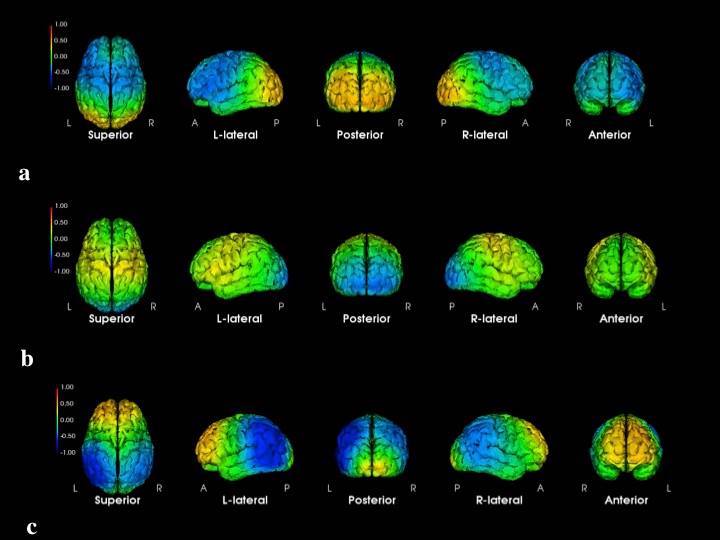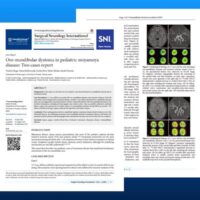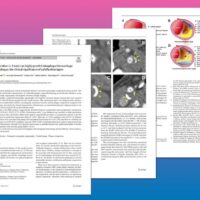脳波から得られる神経活動トポグラフィ(neuronal activity topography; NAT)は簡便に大脳機能を評価する上できわめて有用な手法です。われわれは、以前にもNATが健常者とアルツハイマー病患者との鑑別に有用であることを報告しておりますが、今回、NATが頚動脈狭窄症における高次脳機能障害を効率的かつ鋭敏に検出することができることを報告させていただきました。
この研究は、長年、神経生理学の研究に取り組んでいる済生会富山病院脳神経外科の柴田 孝先生が、武者利光先生(東京工業大学名誉教授、脳機能研究所)と進めている共同研究の一貫です。現在、われわれは、さまざまな脳血管疾患におけるNATの臨床応用を開始しています。
詳細は以下をご参照下さい。
Shibata T, Musha T, Kubo M, Horie Y, Asahi T, Kuwayama N, Kuroda S, Hayashi K, Kobayashi Y, Tanaka M, Matsuzaki H, Asada T: Neuronal activity topography parameters as a marker for differentiating vascular cognitive impairment in carotid stenosis. J Stroke Cerebrovasc Dis 23:2384-2390, 2014
http://www.ncbi.nlm.nih.gov/pubmed/25174560
A Voyage to Depth of Neuroscience Vol. 18 Neuronal activity topography parameters as a marker for differentiating vascular cognitive impairment in carotid stenosis
Previously, we reported on the differentiation between patients with Alzheimer disease and normal controls using a quantitative electroencephalographic technique called neuronal activity topography (NAT). In this technique, cerebral neuronal activities are characterized by the signal intensity and coherence (sNAT and vNAT, respectively). In the present study, we examined 47 patients with vascular cognitive impairment in carotid stenosis and 52 normal controls. All subjects underwent electroencephalography in a resting state with closed eyes for 5 minutes. Electroencephalographic markers of the differential likelihood, that is, the sensitivity-versus-specificity characteristics, sL(x:VCI-NLc) and vL(x:VCI-NLc), were assessed with neuronal activity topography and were compared between the 2 groups. sL(x:VCI-NLc) and vL(x:VCI-NLc) crossed each other at a cutoff value of the differential likelihood. Separation of the patients and controls was made with a sensitivity of 92% and 88%, as well as a false-positive rate of 8% and 12% for sL(x:VCI-NLc) and vL(x:VCI-NLc), respectively. Using sNAT, we accurately differentiated 92% patients with vascular cognitive impairment. We recommend that sNAT, rather than vNAT, should be used in detecting vascular cognitive impaired patients.










